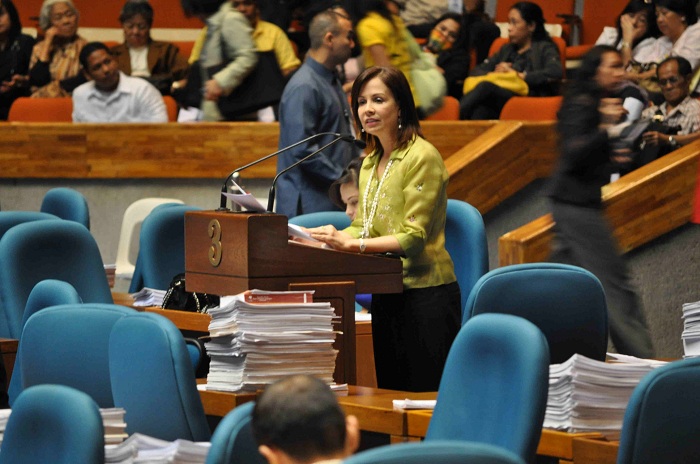When shopping online, Filipinos have a number of different ways to pay for their purchases. Payment via credit card, Paypal and similar services, and bank deposits are the most commonly accepted modes of payment by both small and large online merchants. A number of online shops also accept Smart Money, the electronic wallet from one of the Philippines largest telco, and GCash, the counterpart of rival Globe. Small online shops may also accept payments via pawnshops and other money remittance services, while Lazada offers cash on delivery. And of course, there’s Bitcoin, a relative newcomer to the Philippine e-commerce scene.
As you can see, there are various means for Filipinos to pay for online goods. This may have prompted Representative Kimi Cojuangco of the 5th District of Pangasinan to draft House Bill 4914 or the “E-Peso Act of 2014”.
E-Peso is the Electric Equivalent of Paper Peso
The proposed bill pushes to recognize E-Peso as the electronic legal tender because Congresswoman Cojuangco believes “the Philippines is lacking an ‘official medium of exchange or money for the internet’.” The E-Peso, therefore, will be the electronic equivalent to the paper peso.

As legal tender, the E-Peso can be used to pay for not only goods and services but also debts and taxes via online transactions. The digital currency will also be available in banks throughout the country.
The bill is still awaiting the stamp of approval from the Philippine law-making body. But should it become law, the Philippine central bank will have to study it and post bitcoin cryptocurrencies.

The knowledge the Bangko Sentral ng Pilipinas (BSP) acquires via this research will be used in deciding what technology or system to use in implementing the E-Peso. In the first 2 years of implementation, the E-Peso in circulation will be limited to Php1 billion.
Will E-Peso Replace Bitcoin?
No. In fact, they may work great together.
Ron Hose, CEO of Coins.ph, a local bitcoin exchange and processing provider, believes that the E-Peso may actually “boost bitcoin’s credibility” in the country. He further adds “both bitcoin and the E-Peso could co-exist in the market.”

“The borderless nature of bitcoin will augment the E-Peso perfectly. The E-Peso could help provide a locally stable currency, while bitcoin will provide connectivity to global merchants and financial services,” Hose told CoinDesk.
Criticisms and Suggestions from Netizens
Although there were those who praise the bill and its good intentions, some were quick to point out problems. Some say the banking system needs to be fixed first and Philippine telcos become more efficient first as well as a number pointing to potential security issues like hackers.

Meanwhile, Luis Buenaventura, head of product at Satoshi Citadel Industries, wrote a detailed assessment of the E-Peso bill. Although he was “initially very encouraged” by the bill, he notes a number of adjustments that needed to be made to make it more feasible. One issue he raised is the possibility of how the bill—as it is currently written—may “drive Bitcoin underground” in the Philippines. He also notes the bill will be costly for banks but provide them not many incentives.
In sum, he says:
“Overall, the E-Peso bill in its current form is an economic vehicle heading in the correct direction, but perhaps using the wrong set of tires.”













